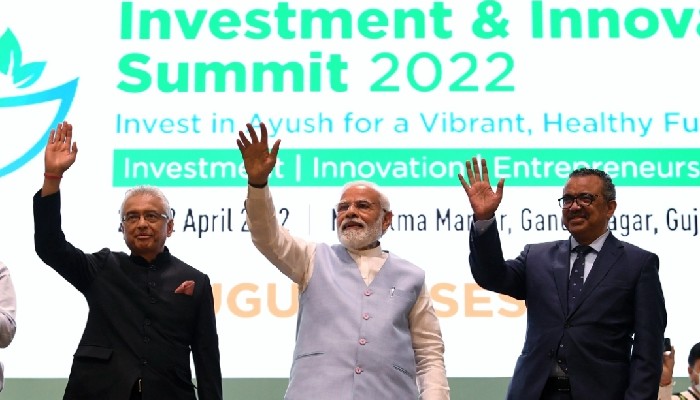These will create a new eco- system where globally proven technologies are adopted for cost-effective, environment friendly and speedier construction
Work began on six Light House Projects (LHPs) across the country using innovative technologies with Prime Minister Narendra Modi laying the foundation stone via video conference on Friday.
About 1,000 houses each will come up in Indore, Rajkot, Chennai, Ranchi, Agartala, and Lucknow within a year. They will be constructed using six distinct technologies as part of Global Housing Technology Challenge – India (GHTC -India) initiative.
The use of innovative technology was highlighted by Prime Minister Modi in his address, who noted that the project in Indore will not have brick and mortar walls. Instead, the houses will use the prefabricated ‘Sandwich Panel System’.
On the other hand, the light houses in Rajkot will be built using French technology and have Monolithic Concrete Construction Technology using Tunnel Framework and the house will be more capable of withstanding disasters, he was quoted saying in an official statement issued by the Prime Minister’s Office (PMO).
In Chennai, US and Finland technologies will use the Precast Concrete System, which will construct the house faster and cheaper. The houses in Ranchi will be built using Germany's 3D Construction System. Each room will be made separately and then the entire structure will be added in the same way as Lego Blocks toys.
Providing details about the projects in other cities, he said the houses are being built in Agartala with the steel frames using New Zealand's technology which can withstand major earthquake risk. Canadian technology is being used in Lucknow; these houses will not require plaster and paint and will use the entire walls already prepared to build the houses faster.
According to the government, the LHPs will pave the way for a new eco- system where globally proven technologies will be adopted for cost-effective, environment friendly and speedier construction. Advantages of these LHPs are many, the primary ones being durability, climate-resilient, affordability, safety and speed.
During his address, the Prime Minister said the country was getting new technologies for providing resilient, affordable and comfortable houses to the poor and the middle class. The cooperation extended by the states in the projects was in a way strengthening cooperative federalism, he noted, according to the official statement.
Prime Minister Modi said the middle class was today getting benefited by the relaxed home loan interest rates. The new Real Estate (Regulation and Development) Act (RERA) had provided protection to them. About 60,000 projects were registered and a large number of grievances had been addressed under the law.
He noted that a series of measures were also taken to promote the real estate sector, which had now been given the “infrastructure” status for easy availability of credit facilities. Taxes on affordable and regular houses had been reduced significantly to encourage buyers.
During the COVID-19 outbreak last year, another major initiative -- the Central rental housing complex project -- was conceived, with the objective of addressing the issues faced by migrant labourers. The project was being implemented in coordination with industrialists and other investors.
The Prime Minister also gave away annual awards for excellence in six categories for the implementation of Pradhan Mantri Awas Yojana-Urban (PMAY-Urban). A total of 88 beneficiaries from across the country were felicitated.
Five incubation centres, set up under the Affordable Sustainable Housing Accelerators-India initiative, were launched during the event for identifying innovative materials, processes and technology for resource efficient, disaster resilient and sustainable construction. A certificate course named “Navaritih” on innovative construction technologies was also introduced.
 Contact Us
Contact Us  Subscribe Us
Subscribe Us









 Contact Us
Contact Us
 Subscribe
Subscribe
 News Letter
News Letter

